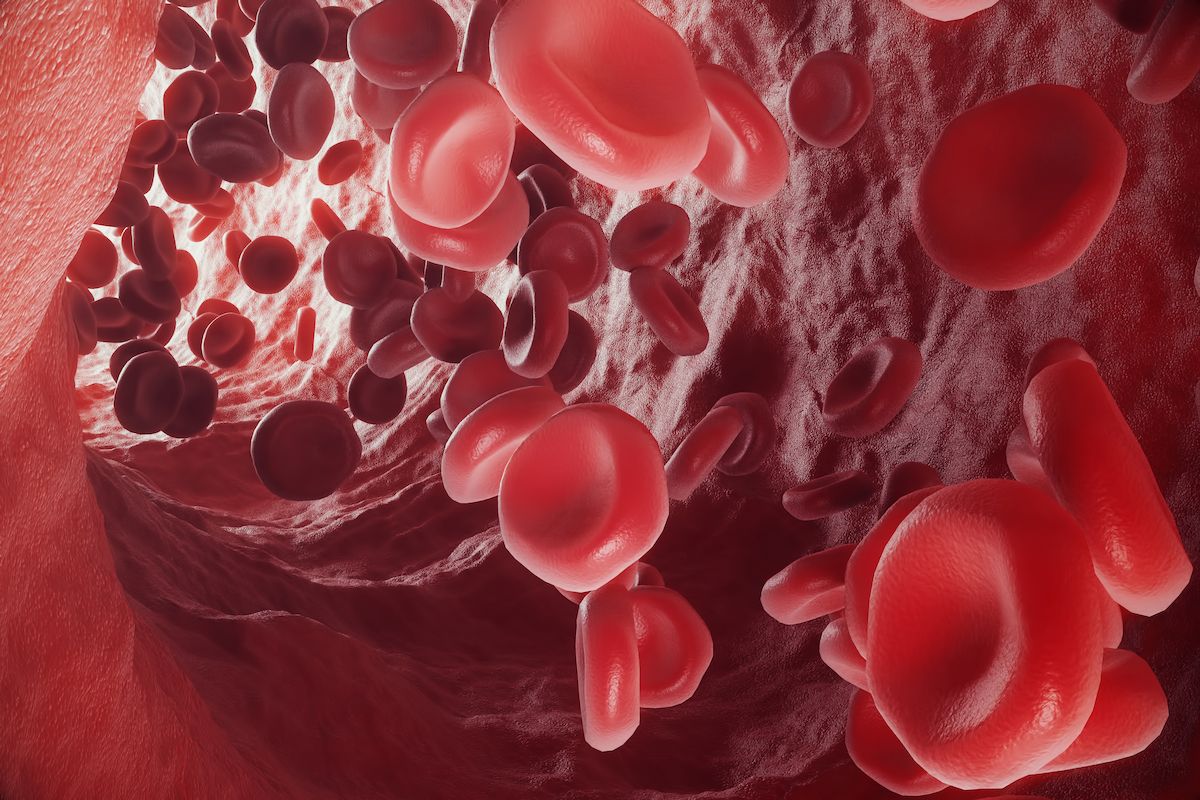Talquetamab/Daratumumab Shows Durable Responses in R/R Multiple Myeloma
The combination of talquetamab plus daratumumab yields improved patient outcomes in those with relapsed/refractory multiple myeloma.
“The deep and durable responses shown in these latest results from TRIMM-2 further support the potential of [talquetamab] in combination with [daratumumab and hyaluronidase-fihj], which has become a standard of care in multiple myeloma, and pomalidomide,” according to study author Nizar Bahlis, MD.

The combination of talquetamab-tgvs (Talvey) plus daratumumab and hyaluronidase-fihj (Darzalex Faspro) and pomalidomide (Pomalyst) has shown deep and durable responses in patients with relapsed/refractory multiple myeloma, according to updated results from the phase 1b TRIMM-2 study (NCT04108195) presented at the 2024 International Myeloma Society (IMS) Annual Meeting.1
An overall response rate (ORR) of 82% was observed in patients who received talquetamab plus daratumumab and pomalidomide, supporting the continued investigation of the combination.
A total of 77 patients received talquetamab at a dose of either 0.4 mg/kg weekly or 0.8 mg/kg biweekly with step-up doses plus subcutaneous daratumumab and pomalidomide. In 18 patients who received the weekly dose, the ORR was 100%, and 56% of patients achieved a complete response (CR) or better. Patients who received the biweekly dose (n = 59) had an ORR of 76%, with 56% achieving a CR or better. Those in the biweekly arm had a median duration of response (DOR) of 26.4 months and a median progression-free survival (PFS) of 20.3 months. Among 64 patients with anti-CD38 refractoriness, the CR or better rate was 52%. Of 24 patients who previously received CAR T-cell therapy, 70.8% achieved CR or better. Additionally, 29 patients had prior bispecific antibody therapy, which was associated with an ORR of 82.8%.
“The deep and durable responses shown in these latest results from TRIMM-2 further support the potential of [talquetamab] in combination with [daratumumab and hyaluronidase-fihj], which has become a standard of care in multiple myeloma, and pomalidomide,” presenting author Nizar Bahlis, MD, associate professor at Arnie Charbonneau Cancer Institute, University of Calgary, said.1 “With high [ORRs] seen across cohorts, this combination shows potential for significant disease control and survival in patients who have received multiple lines of prior therapy, including exposure to prior bispecific antibodies.”
No new safety signals were observed in the updated results. Neutropenia was reported in 83.3% of patients in the weekly arm and 79.7% of patients in the biweekly arm. The rate of grade 3/4 infections was 16.7% and 37.3%, respectively. Most on-target and off-tumor treatment-related adverse effects (TRAEs) in the weekly and biweekly arms, including oral (100%, 84.7%), skin (88.9%, 67.8%), nail (83.3%, 55.9%) and weight decrease (66.7%, 49.2%), were low-grade and did not lead to treatment discontinuation.
The study’s objective is to identify the recommended phase 2 dose in part 1; safety signals for each treatment combination in part 2; and the anti-tumor activity, pharmacodynamics, and pharmacokinetics in part 3. Primary end points include the number of participants with dose-limiting toxicities (DLTs), DLTs by severity, prevalence of AEs, and AEs by severity.2 Secondary end points include serum concentration assessment, biomarker assessment, presence of anti-drug antibodies, ORR, clinical benefit rate, DOR, and time to response.
Patients in TRIMM-2 were required to have a diagnosis of multiple myeloma per International Myeloma Working Group (IMWG) diagnostic criteria, an ECOG performance status of 0 or 1, and a history of at least 3 prior lines of therapy including a proteasome inhibitor (PI) and immunomodulatory drug (IMiD).
Those who received a live attenuated vaccine within 4 weeks of beginning study treatment were ineligible for enrollment on the trial. Patients were also unable to enroll if they had active central nervous system involvement or signs of meningeal involvement, seropositivity for hepatitis B, or active hepatitis C infection as determined via positive hepatitis C virus ribonucleotide (HCV)–RNA testing.
References
- TALVEY® (talquetamab-tgvs) and DARZALEX FASPRO® (daratumumab and hyaluronidase-fihj) based combination shows deep and durable responses in patients with relapsed or refractory multiple myeloma. News Release. Johnson & Johnson. September 27, 2024. Accessed September 27, 2024. https://tinyurl.com/jvuzakjr
- A study of subcutaneous daratumumab regimens in combination with bispecific T cell redirection antibodies for the treatment of participants with multiple myeloma. ClinicalTrials.org. Updated September 19, 2024. Accessed September 27, 2024. https://tinyurl.com/48a2d65u